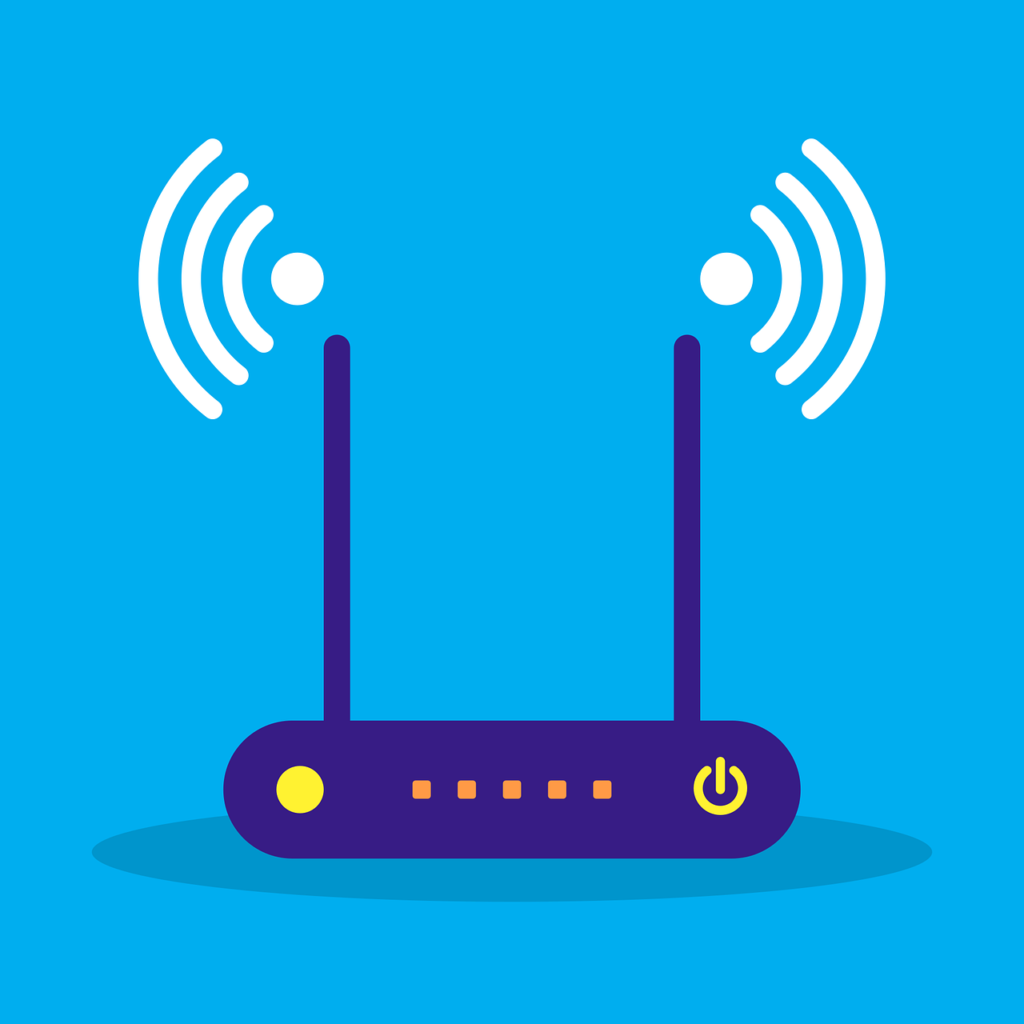
If you’re looking for an easy way to speed up Web browsing and improve your browser’s performance, you should flush DNS cache in Windows 10 or Windows 11 on a regular basis. This simple maintenance task could help to improve browsing speed quite a bit. In this article, we’ll show you how to do it and get rid of useless DNS cache clutter.
What Is the DNS Cache?
Windows 10 or Windows 11 is a pretty efficient operating system all-around. To improve your Web browsing experience, it stores essential domain name information in a file called DNS cache. This file makes sure your browser finds the website you’re looking for quicker and opens it faster. However, there’s a problem: the DNS cache file gets cluttered with time and, instead of making browsing faster, can slow you down.
Things can get especially bad if the DNS cache file becomes corrupted as it will prevent Windows from accessing the correct information quickly. Instead, your operating system will waste time by waiting and then making a new request to a DNS server, which will affect your browsing experience.
In this article, we’ll teach you how to flush DNS cache in Windows 10 or Windows 11 and perform some simple network maintenance.
Why Do You Need to Flush DNS Cache?
As you continue to browse the Internet on your Windows 10 or Windows 11 PC, information is accumulated in the temporary DNS cache file to help speed up navigation across different websites. It is inevitable for websites to change, however, and this can leave incorrect, invalid, or incomprehensible info in your DNS cache. Finding the required information from this cluttered cache file can slow down your network performance.
Flushing DNS cache on Windows 10 or Windows 11 is the way out of this trouble. This way, you’ll be able to get rid of the unnecessary clutter, and a new cache file is established with useful information only. The simplest option to do this is through the command prompt in Windows 10 or Windows 11.
Flush Windows 10 or Windows 11 DNS Cache and Improve Network Performance
If you’re handy with advanced Windows 10 or Windows 11 tools, then the quickest way to flush DNS cache is to use the Command Prompt.
There are several ways to open the Command Prompt but we find it best to use a keyboard shortcut:
- Press the Windows key + R on your keyboard
- Type cmd in the box
- Press Enter and the Command Prompt will open
You may need to use the Command Prompt with admin credentials to make any changes to the system. If you discover that’s the case, follow these steps to open the Command Prompt as administrator:
- RIght-click on the Start button
- Select the Admin version of the Command Prompt
Type the following command in the prompt and hit Enter:
ipconfig/flushdns
When done successfully, you’ll see a success message on the command prompt. Once you’ve successfully flushed the DNS cache, you may initially notice that it’s taking a little longer to navigate to the website you regularly browse on your PC. Don’t lose patience! You’ll experience improved network and Internet speeds soon enough as your DNS cache is populated again with valid information.
If you’re not comfortable using the Command Prompt, NetOptimizer can flush DNS cache for you and optimize other hidden network settings too. You can choose to optimize everything at once or optimize individual Internet settings.
So, the next you experience network performance issues on your Windows 10 or Windows 11 PC, try flushing DNS cache using the simple process described above. It will definitely help sort things out for you.




